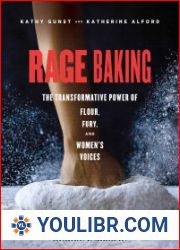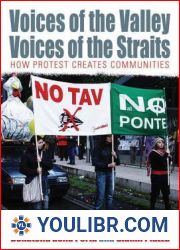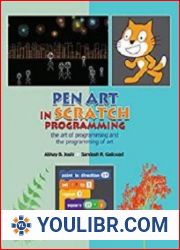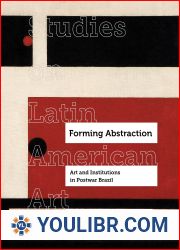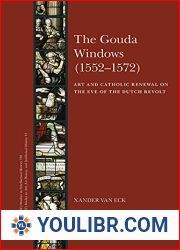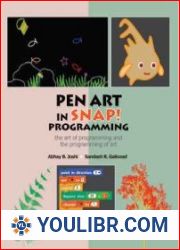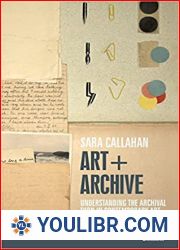
BOOKS - Voices of Fire: Art, Rage, Power, and the State (Theory Culture)

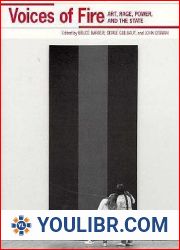
US $5.70

660339

660339
Voices of Fire: Art, Rage, Power, and the State (Theory Culture)
Author: Bruce Barber
Year: January 1, 1996
Format: PDF
File size: PDF 12 MB
Language: English
Year: January 1, 1996
Format: PDF
File size: PDF 12 MB
Language: English
On 7 March 1990 the National Gallery of Canada issued a press release announcing its purchase of a large abstract painting by the American artist Barnett Newman for $1.8 million. Within 72 hours the gallery was under attack both for its selection of Voice of Fire and for the price tag attached to it. Objections came from across Canada and from all quarters. The Voice of Fire controversy was the most extensive and heated debate over visual art ever to have taken place in Canada. This anthology can be seen as a case-study, providing both a historical account of the outcome of the National Gallery's purchase of the painting and an understanding of why the gallery's actions provoked such strong opinions and feelings. In this volume the editors also address the peculiar and paradoxical character of abstract art in general and the problems it consistently poses for viewers. Newman's work is presented as the focus of these concerns. The attack on the gallery by the press, the general public, Canadian artists, and politicians is documented in the first section by a broad selection of cartoons satirizing the painting, press photographs, news releases, editorials, letters to the editor, and public exchanges. In the second section three essays offer contrasting accounts of the controversy and its significance. The first considers the social processes by which art becomes art, the second focuses on the role of the media in shaping public opinion about art, and the third compares the reception of Voice of Fire in two distinctive frameworks, first at Expo '67 in Montreal and then in Ottawa in 1990. In the final part four papers given at a symposium on Voice of Fire organized by the gallery in October 1990 (a combined effort at damage control and art criticism) are presented, as well as a transcription of the public dialogue between speakers and audience which followed.









